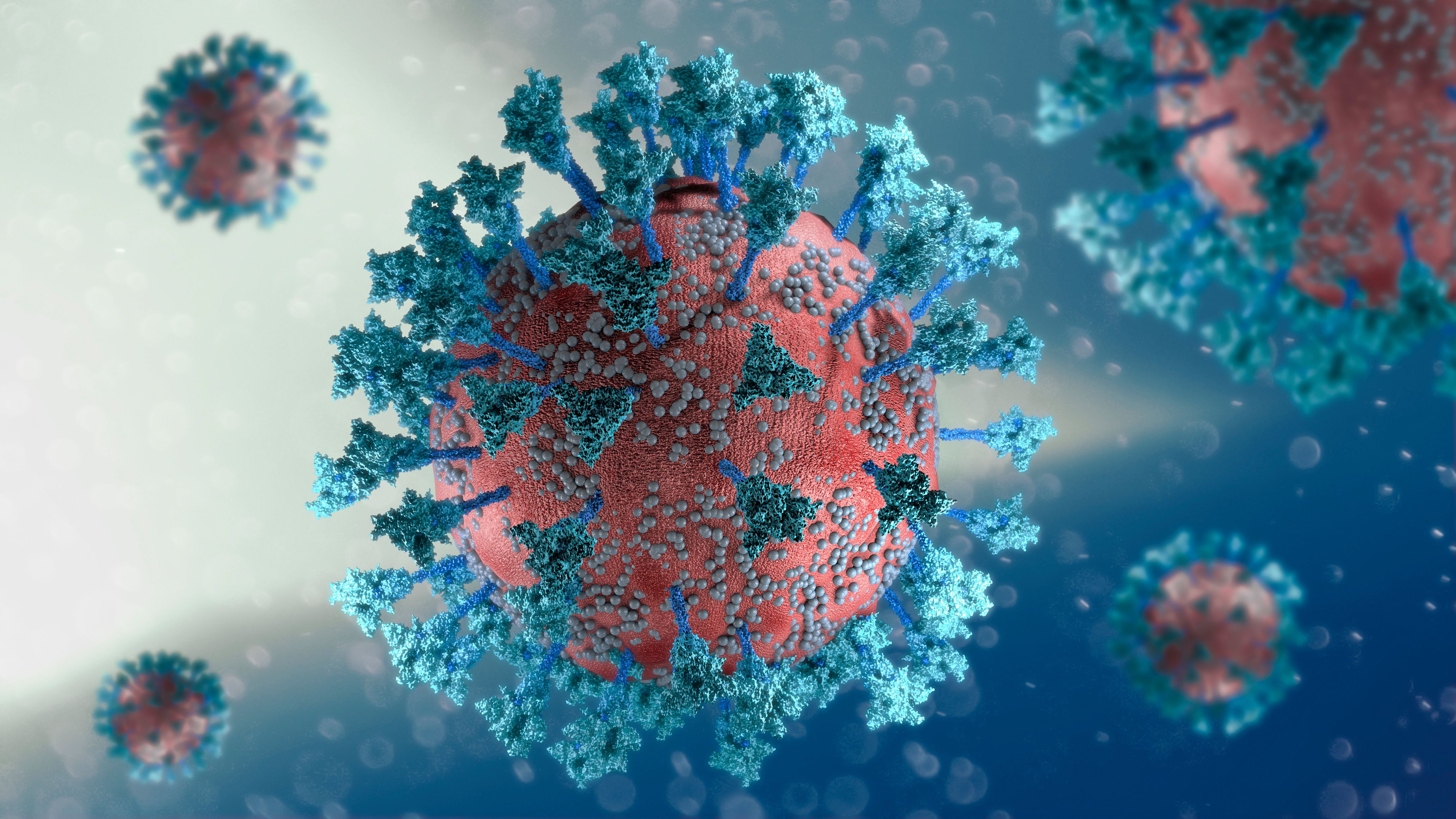Unraveling Complexities in Coronavirus Spike Protein Glycosylation with Individual Ion Mass Spectrometry
Researchers utilized individual ion mass spectrometry to analyze the heterogeneous glycan profiles of recombinant coronavirus spike proteins, detailing their structural intricacies.
In a recent study published in the Journal of the American Society for Mass Spectrometry, scientists from Merck in collaboration with the Proteomics Center for Excellence at Northwestern University in Evanston, Illinois, dove into the complex world of coronavirus spike protein glycosylation using individual ion mass spectrometry (I2MS). Surface-embedded glycoproteins, particularly the spike protein trimers of coronaviruses such as MERS, SARS-CoV, and SARS-CoV-2, are essential for viral function and serve as the primary target for many vaccines (1). However, the significant heterogeneity of glycans presents a formidable analytical challenge.
Virus variant, coronavirus, spike protein. Deltacron, Omicron. Covid-19 seen under the microscope. SARS-CoV-2, 3d rendering | Image Credit: © Naeblys - stock.adobe.com

I2MS, a technique akin to charge detection mass spectrometry (CDMS), employs a commercially available orbital ion trap mass analyzer to directly produce mass profiles of these heterogeneous coronavirus spike protein trimers under native-like conditions. This approach provides valuable insights into the glycan composition and structural nuances of these viral proteins.
The analysis conducted by the 12 authors in this study underscores the substantial contribution of glycosylation to the molecular mass of each protein trimer, surpassing expectations derived from conventional bottom-up techniques. This emphasizes the importance of obtaining comprehensive intact mass information when characterizing the glycosylation patterns of such complex proteins. Bottom-up proteomics in mass spectrometry involves digesting proteins into peptides, separating them, analyzing their masses, and identifying the proteins present by matching mass spectra with a protein sequence database. This technique enables high sensitivity and the analysis of complex mixtures but requires extensive data analysis.
Moreover, enzymatic dissection techniques, including the removal of sialic acid or N-linked glycans, demonstrate the utility of I2MS in elucidating the glycan profile from a native perspective. Notably, deglycosylation experiments reveal that the SARS-CoV-2 spike protein trimer harbors glycans that are more resistant to removal compared to its MERS and SARS-CoV counterparts, with these differences being correlated with solvent accessibility.
The versatility of I2MS technology extends beyond glycan analysis, enabling the characterization of protein mass and intact glycan profiles. Importantly, this approach is orthogonal to traditional mass analysis methods such as size exclusion chromatography–multiangle light scattering (SEC-MALS) and field flow fractionation–multiangle light scattering (FFF-MALS). Additionally, I2MS offers the advantage of low sample consumption, requiring only a fraction of the amount used by alternative methodologies.
Overall, this study underscores the pivotal role of I2MS technology in advancing our understanding of coronavirus spike protein glycosylation. By providing detailed insights into the structural complexities of these viral proteins, I2MS facilitates the efficient development of vaccines and therapeutics for combating infectious diseases. These authors’ findings pave the way for further exploration of glycan-mediated interactions in viral pathogenesis and the rational design of antiviral interventions.
This article was written with the help of artificial intelligence and has been edited to ensure accuracy and clarity. You can read more about our policy for using AI here.
Reference
(1) Stiving, A. Q.; Foreman, D. J.; VanAernum, Z. L.; et al. Dissecting the Heterogeneous Glycan Profiles of Recombinant Coronavirus Spike Proteins with Individual Ion Mass Spectrometry. J. Am. Soc. Mass Spectrom. 2024, 35 (1), 62–73. DOI: 10.1021/jasms.3c00309
A Review of the Latest Separation Science Research in PFAS Analysis
October 17th 2024This review aims to provide a summary of the most current analytical techniques and their applications in per- and polyfluoroalkyl substances (PFAS) research, contributing to the ongoing efforts to monitor and mitigate PFAS contamination.
A Review of the Latest Separation Science Research in PFAS Analysis
October 17th 2024This review aims to provide a summary of the most current analytical techniques and their applications in per- and polyfluoroalkyl substances (PFAS) research, contributing to the ongoing efforts to monitor and mitigate PFAS contamination.